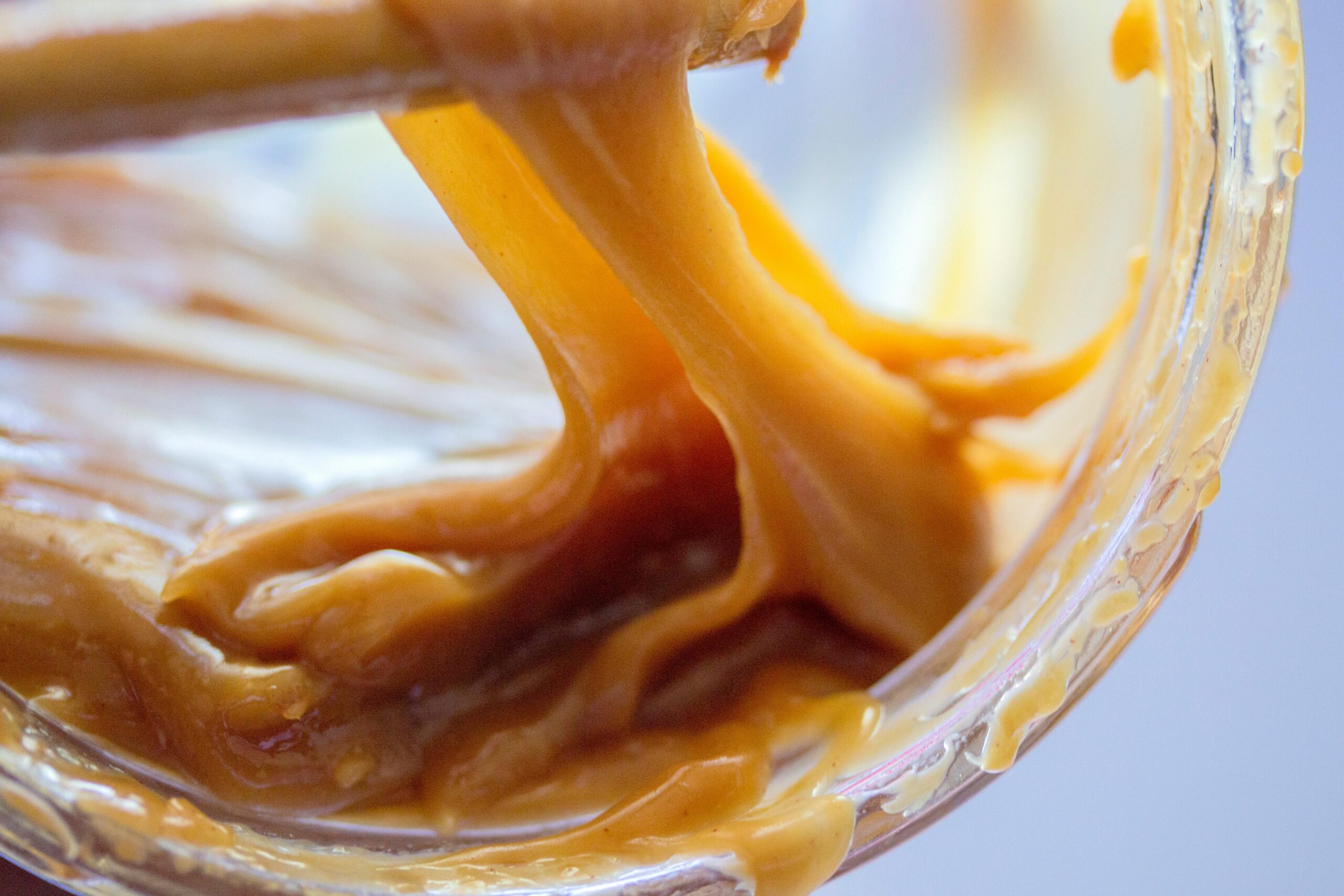The story of brunost begins in the valleys and mountains of Norway. While brown cheese has been made for centuries, the modern version we know today was created in the 1860s by a young milkmaid named Anne Hov. Living in the Gudbrandsdal valley, she had the brilliant idea of adding goat’s milk to the whey, which was the leftover liquid from making traditional cheese. By boiling this mixture down, she created a richer, fattier, and more delicious cheese that quickly became a commercial success. This particular type of brown cheese is known as Gudbrandsdalsost, and it’s one of the most popular varieties. Producing brunost is a process of patience. Unlike regular cheese, it isn’t made by curdling milk. Instead, it’s made from whey, the watery part of the milk left after the curds have been separated. The whey, along with milk and cream, is boiled for many hours, sometimes even a full day. This long, slow cooking process caramelizes the milk sugar, or lactose, giving the cheese its distinctive brown color and sweet, caramel-like flavor. The mixture is then poured into molds and left to cool and solidify, at which point it’s ready to be eaten. Brunost is best stored in a cool, dark place, like a refrigerator, to maintain its texture and flavor. We had our first experience with brunost at the Underdalsbui supermarket in the beautiful village of Undredal. We were excited to try this famous cheese, but we must admit, we were quite surprised by its taste. It had a very strong caramel flavor, which wasn’t at all what we expected from a cheese. It simply wasn’t to our liking. However, our curiosity didn’t end there. We decided to give it another shot and bought a different variety, one without the intense caramel taste. We’re so glad we did! This second type was fantastic, especially on a slice of warm toast for breakfast. It was the perfect start to our day.
